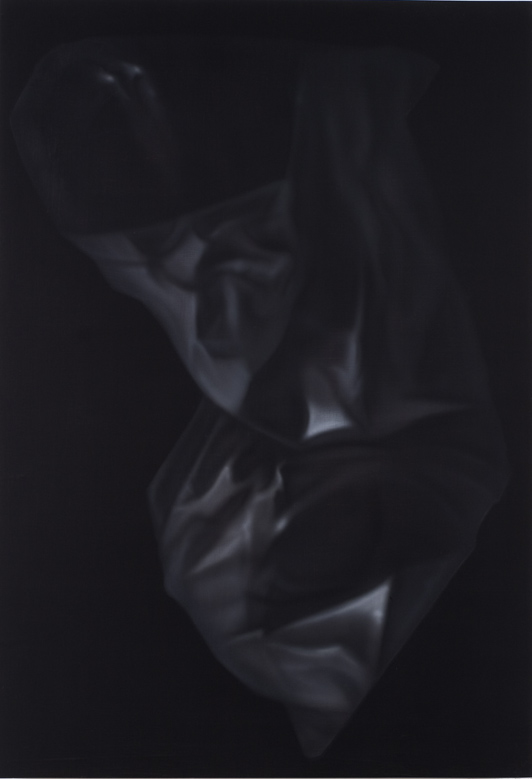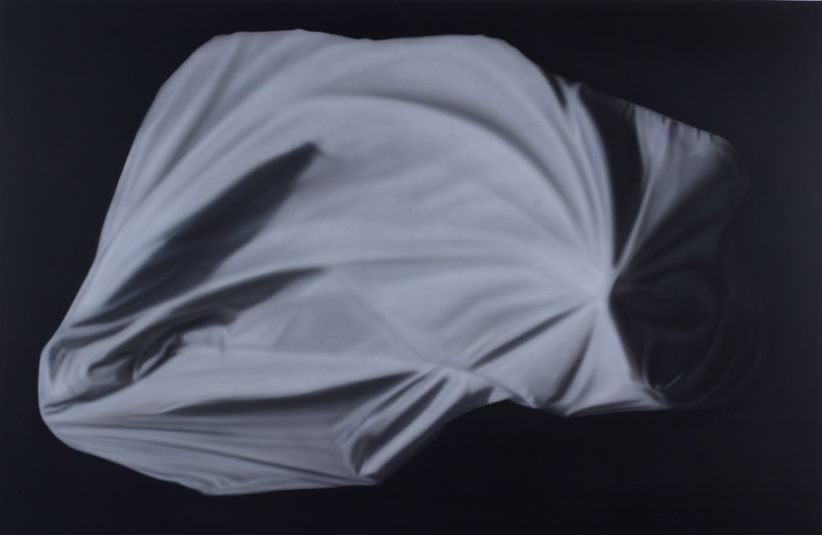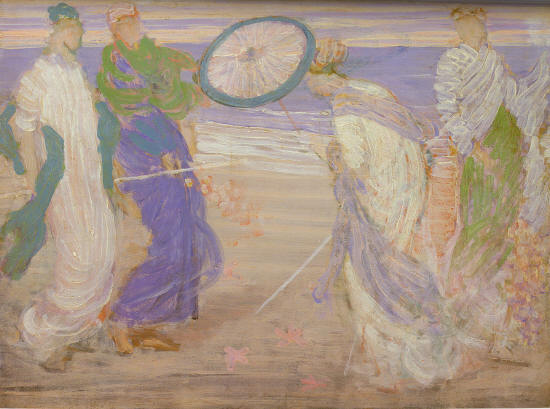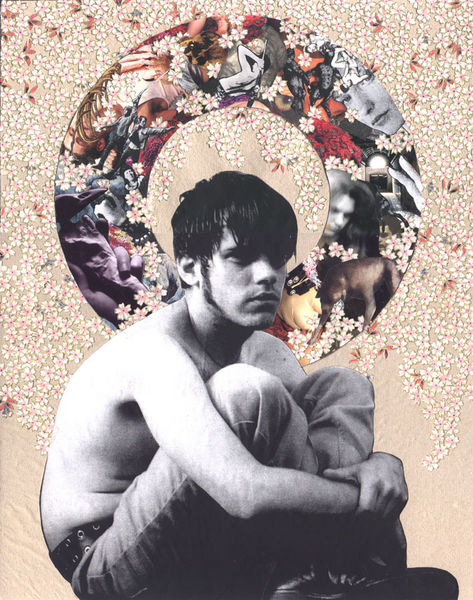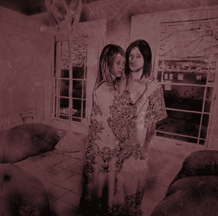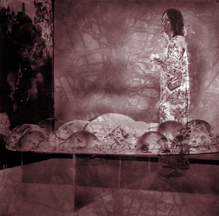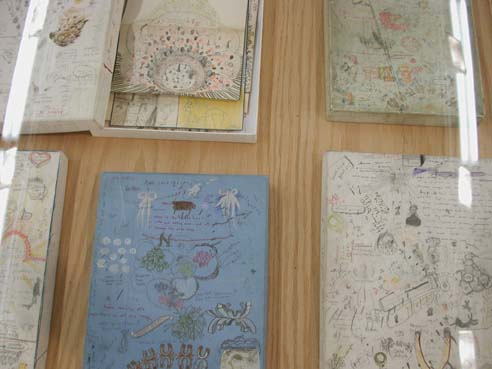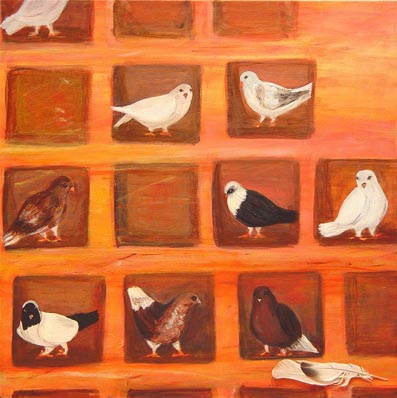
Evan Schwartz tub
I really like it when I come across a subject, any subject, for a second time and it's arrived from another direction altogether.
It was at least a number of months ago that I had read a story (I believe it appeared in the NYTimes, but I can't find it now) about a young student who was raising money in very imaginative ways to pay for gender reassignment surgery.
While visiting Williamsburg galleries this past Sunday I spotted a photograph which bowled me over at the time and which remains etched in my mind tonight. The image was a powerful and very beautiful self-portrait by Evan Schwartz, the young woman whose courageous story had impressed me earlier.
Evan is an artist; I don't remember that part, and maybe it wasn't even a part of the account I had read, but I'm not going to forget it now.
I saw Schwartz's image (it's the one which appears at the top of this post) hanging in the long hall at the Schroeder Romero Gallery and now I know that he will have his own show there in a few months. It opens January 7th. I don't remember ever before recommending, or even mentioning, a show on this blog months before it had been hung, but this is a good time to start.
There is more work on Schwartz's own site, including this image, which is from the same series, Reclaiming Puberty, as the one above.
Evan Schwartz post-coital
CORRECTION: The published story I referred to above was not in the Times, but rather in Time Out New York magazine. Unfortunately "TONY" still has no online archive; I guess it thinks of itself as just a weekly billboard (or a shopping and entertainment guide minus the coupons).
